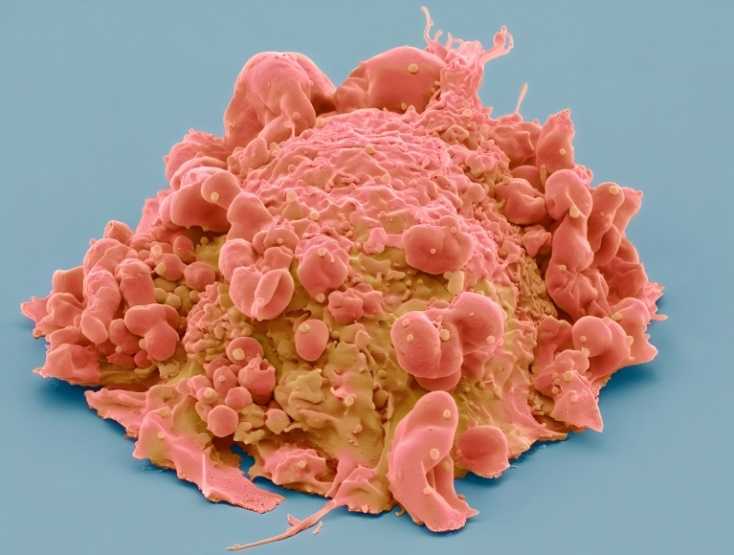On October 30, in 12 papers published in Nature, researchers from the Human Tumor Atlas Network (HTAN) have created ultra - precise 3D maps of tumor cells by analyzing hundreds of thousands of cells from human and animal tissues. They also developed a “molecular clock” capable of tracking the cellular changes that lead to cancer.
Scientists Unveil Ultra - Precise 3D Tumor Cell Maps and 'Molecular Clocks'
On October 30, in 12 papers published in Nature, researchers from the Human Tumor Atlas Network (HTAN) have created ultra - precise 3D maps of tumor cells by analyzing hundreds of thousands of cells from human and animal tissues. They also developed a “molecular clock” capable of tracking the cellular changes that lead to cancer.

Source: Images from the Internet, if there is any infringement, please contact the removal of
The scientists analyzed the cellular makeup of 131 samples from six types of cancer. Using the “molecular clock,” they traced how normal cells in the intestine go out of control and proliferate. They employed single - cell analysis and the gene - editing tool CRISPR to generate mutations in the DNA of each cell, thereby recording the timeline of each cell's changes and divisions. Applying this method to 418 human colon polyps, they found that up to 30% of polyps originate from several cell types.
These findings overturn the previous view that colon cancer starts from a single rogue cell in the intestinal lining. The new research may open up more opportunities for early diagnosis and intervention in cancer, potentially revolutionizing the way we detect and treat this life - threatening disease in the future.






